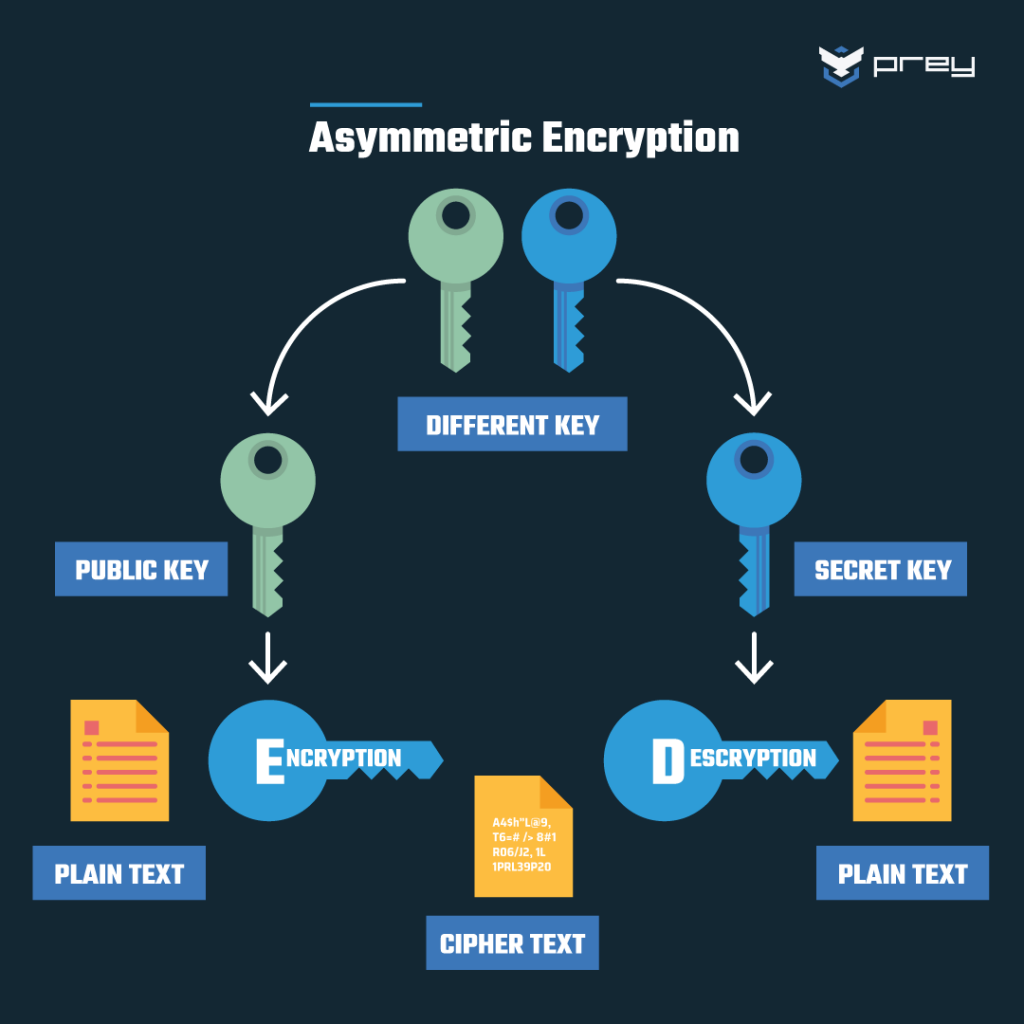Cryptography stands as one of the most captivating and intricate fields in computer science. As society becomes increasingly digital, the need for secure communication grows exponentially, leading many to ponder the intriguing question: can one truly master cryptography within a mere six months? While this notion may entice the ambitious and the curious, it demands a realistic appraisal. Embarking on this intellectual journey requires clarity regarding both the depth of knowledge needed and the realistic goals one can set.
The first aspect to consider is the sheer breadth of the field. Cryptography encompasses an array of concepts, including symmetric and asymmetric encryption, hash functions, digital signatures, and various protocols designed to secure information. A deep dive into these areas reveals their complexity and the foundational mathematics underlying them. Understanding the theoretical basis—for instance, number theory and discrete mathematics—is crucial. Attempting to master cryptography without this foundational knowledge is akin to navigating a labyrinth without a map.
Realistic goals ought to be segmented into phases, primarily focusing on theoretical understanding and practical application. The initial phase can involve an introductory overview of cryptography’s fundamentals within the first month. Resources abound, ranging from online courses to comprehensive textbooks that can illuminate basic principles, such as the historical context and types of cryptographic systems. The classical ciphers, such as Caesar and Vigenère ciphers, serve as excellent starting points, providing insight into the evolution of encryption techniques.
As one advances into the second month, attention can turn to more complex algorithms and their underpinnings. A noteworthy milestone would be understanding the workings of symmetric key algorithms—like AES and DES—and creating simple programs that implement these cryptographic methods. This practical approach not only solidifies theoretical concepts but also fosters essential programming skills, providing a toolkit for tackling future challenges.
By month three, the horizon broadens even further as one delves into asymmetric cryptography. This realm introduces pivotal systems such as RSA and ECC (Elliptic Curve Cryptography), whose mathematical intricacies can be daunting yet utterly fascinating. These algorithms effectively demonstrate the contrast between shared secrets and public key infrastructure, providing deeper insights into how secure communications can be established without prior arrangement of a shared key.
Engaging with open-source projects or contributing to forums during this phase can enhance learning through community interaction. The bounce of ideas within collaborative environments allows for a rich exchange of knowledge, fostering a tangible connection to the evolving landscape of cryptography. Additionally, the aspect of cryptographic protocols—such as TLS and SSL—should not be overlooked, as these form the backbone of secure web communications.
Entering the fourth month, it is prudent to address cryptography’s role in real-world security applications. This involves a shift from understanding algorithms to grasping the broader implications of cryptographic practices. Familiarity with contemporary threats, attacks on cryptographic primitives, and potential vulnerabilities becomes paramount. Concepts such as side-channel attacks and quantum cryptography add layers to one’s knowledge and appreciation of cryptographic robustness and the ongoing challenges in securing information in a rapidly evolving landscape.
As one approaches the fifth month, specialized areas of study should be emphasized. Topics like Cryptographic Hash Functions, Digital Signatures, and Zero-Knowledge Proofs unveil the subtleties of authentication and data integrity. Engaging with practical scenarios—like building one’s own public-private key system for a personal project—can provide invaluable hands-on experience, leading to a deeper understanding of how cryptography functions in everyday applications, from messaging apps to blockchain technology.
In the final month, reflection and synthesis of knowledge take precedence. A comprehensive understanding requires the testing of one’s acquired skills. Engaging in ‘Capture the Flag’ competitions or cryptographic challenges can sharpen analytical skills while promoting critical thinking and problem-solving capabilities. It is no longer just about memorizing algorithms and principles; it is about applying them in contexts that closely resemble real-world conditions.
While a six-month timeframe can lead to a substantial foundation in cryptography, it is vital to acknowledge that true mastery entails continuous learning and adaptation. The landscape of cryptography is ever-changing, molded by advancements in technology and emerging threats. The journey cannot conclude with just a six-month commitment; rather, it should ignite a passion for further exploration and understanding.
In conclusion, the prospect of mastering cryptography within six months is indeed tantalizing but should be tempered with realistic expectations. By establishing clearly defined, progressive goals and committing time to both theoretical study and practical application, one can lay a firm foundation in this challenging field. The experience, while intense, can reveal the intricate dance between mathematics, technology, and secure communication, providing a perspective that transcends mere technical skills. As more individuals engage with this enigmatic discipline, the promise of a more secure digital future appears within reach.








Leave a Comment